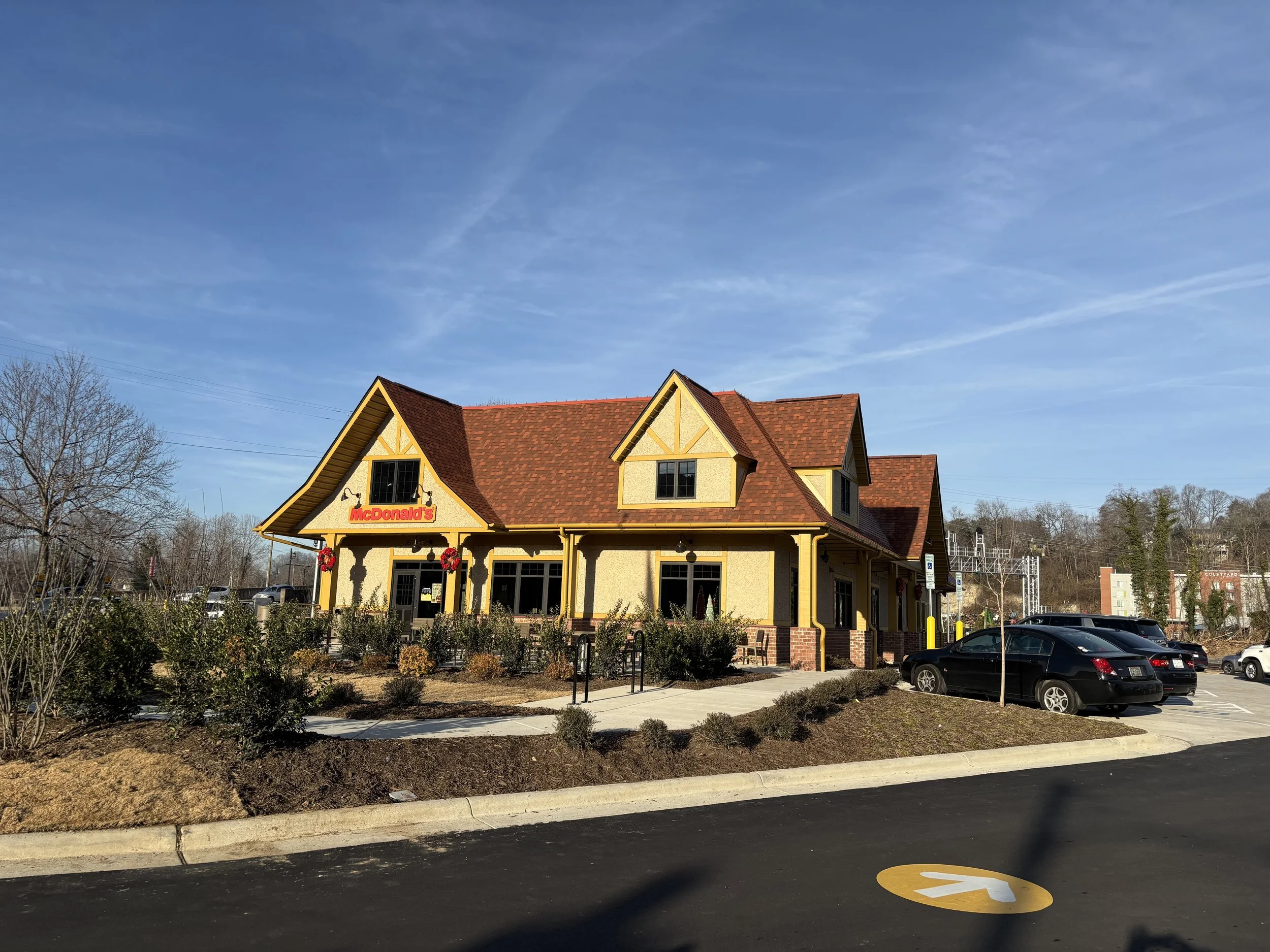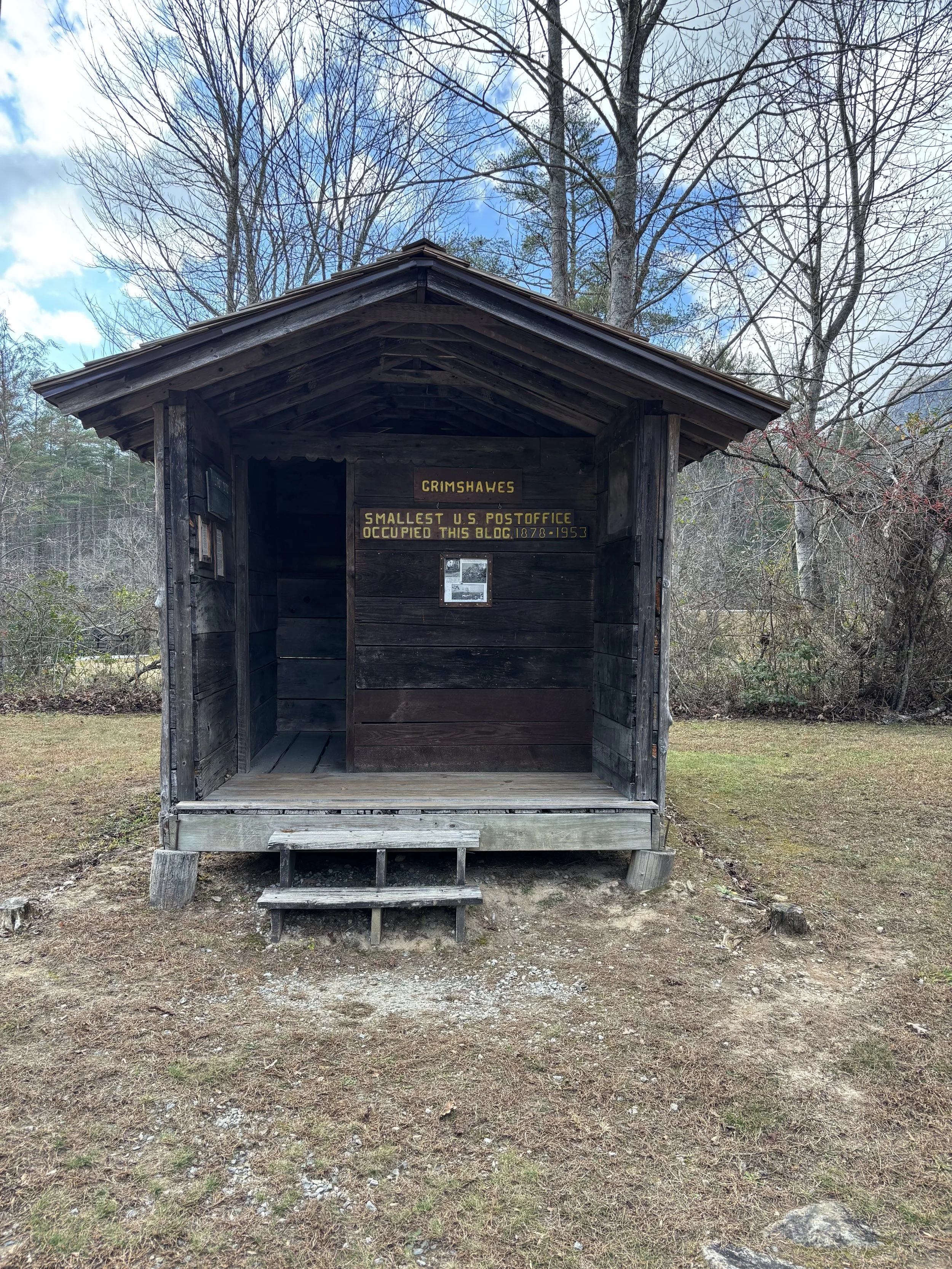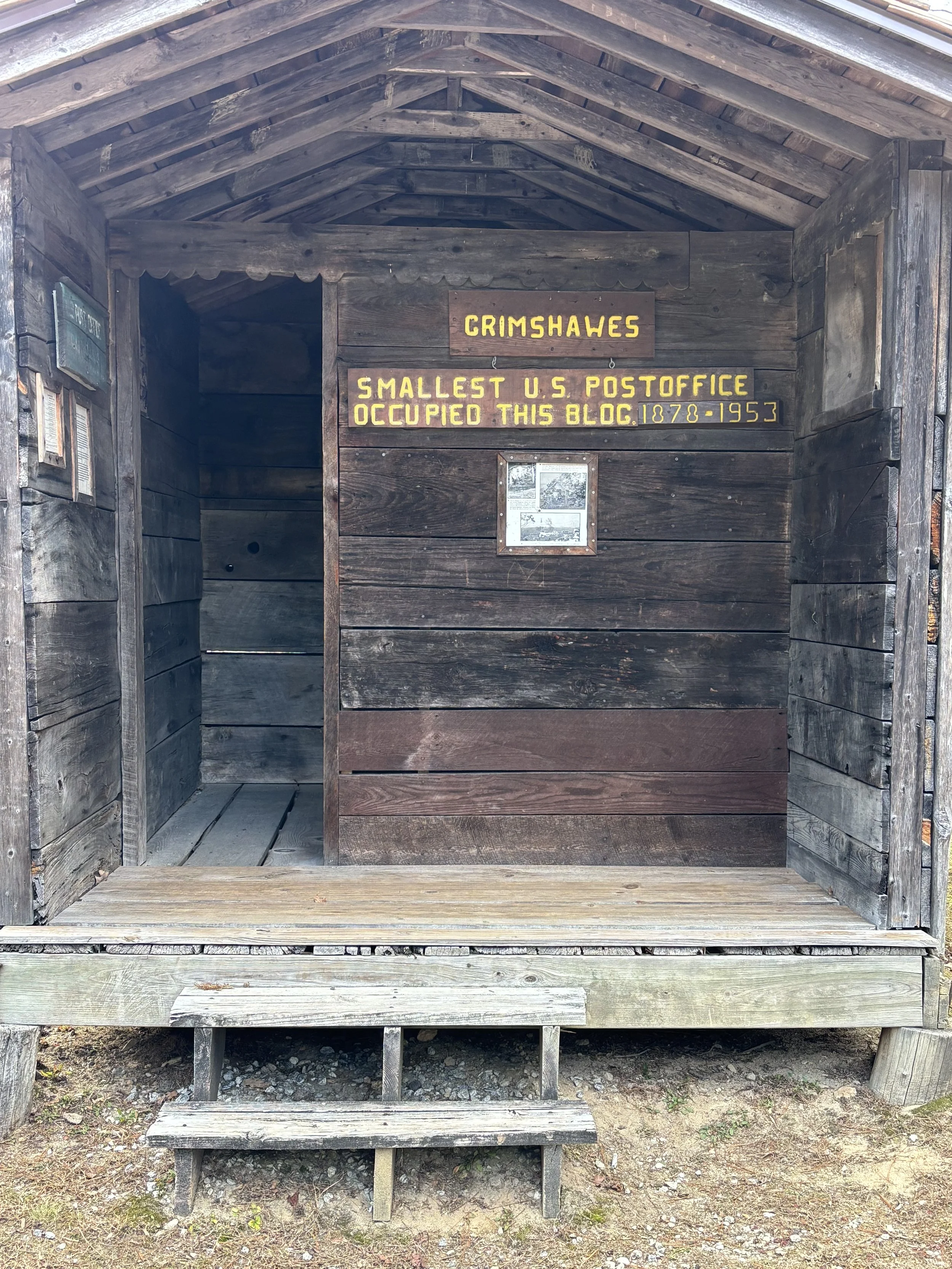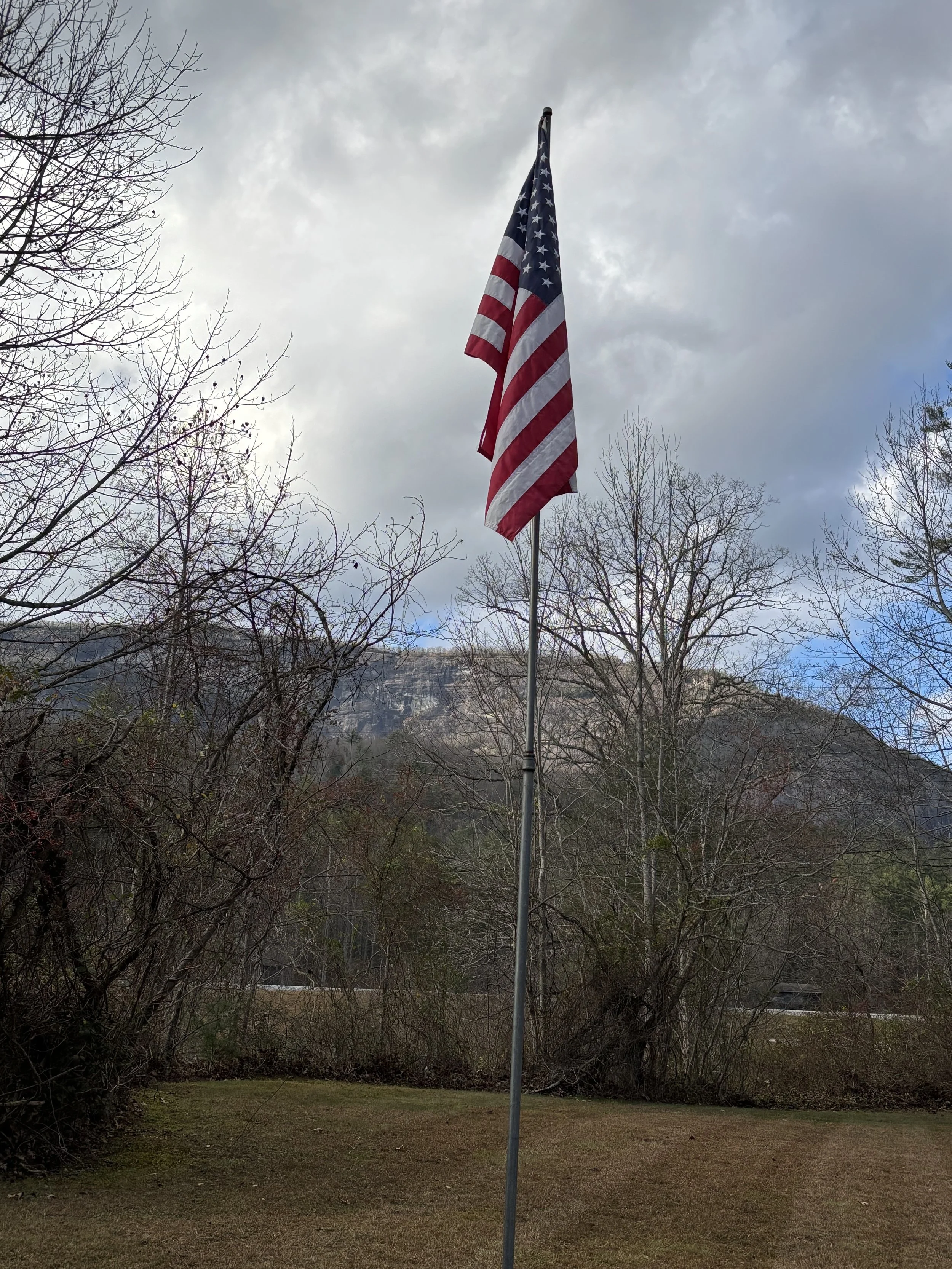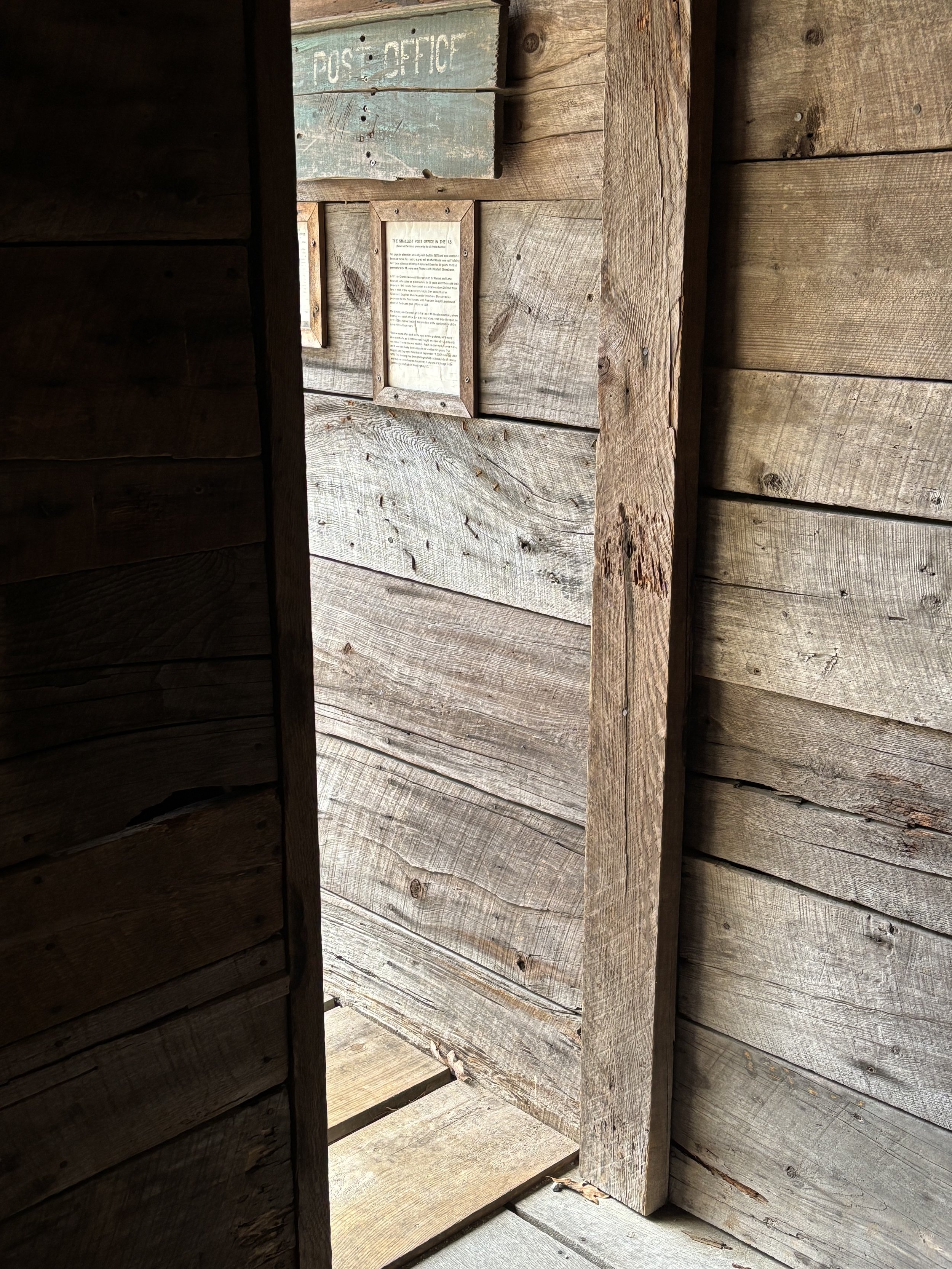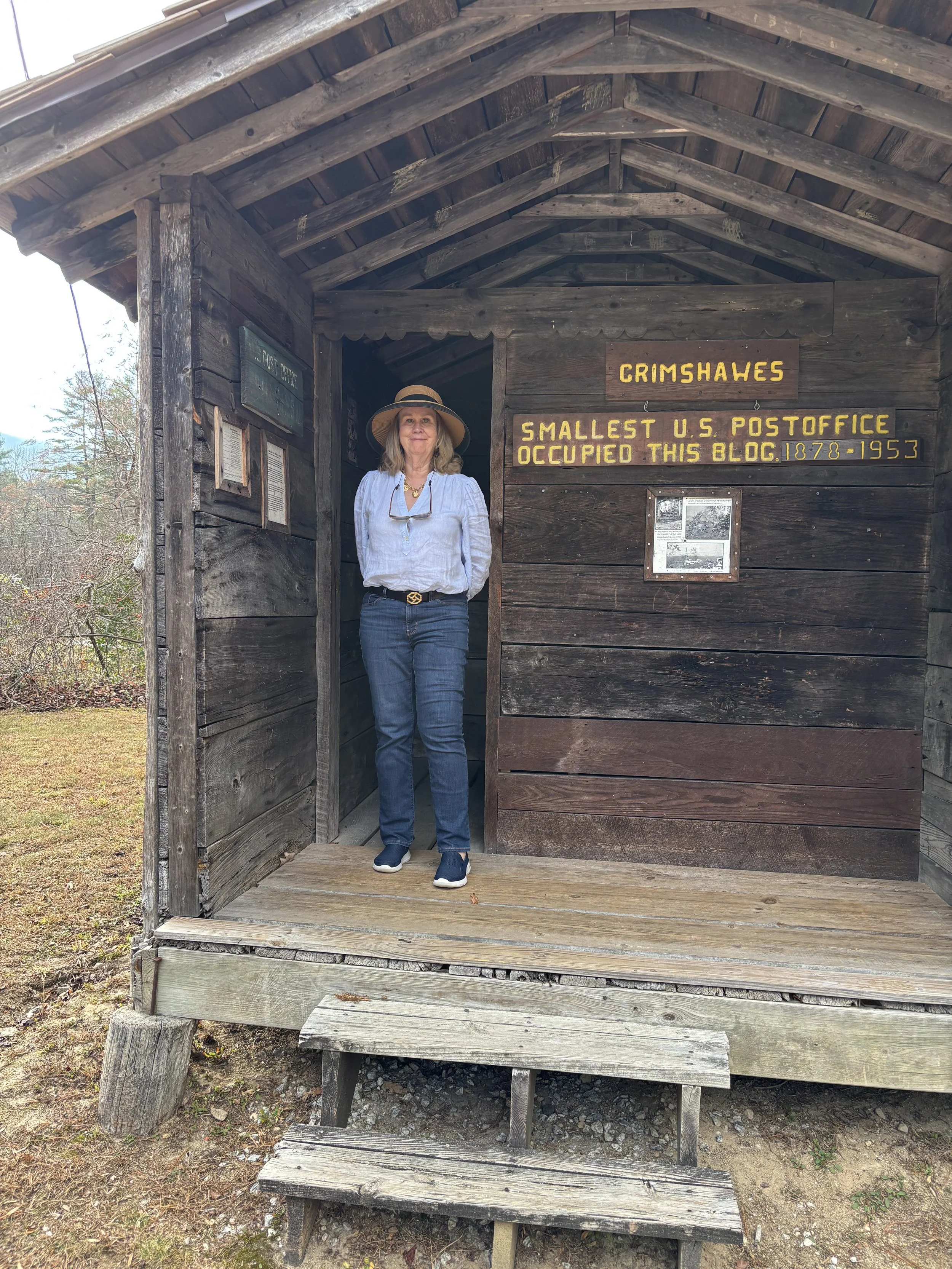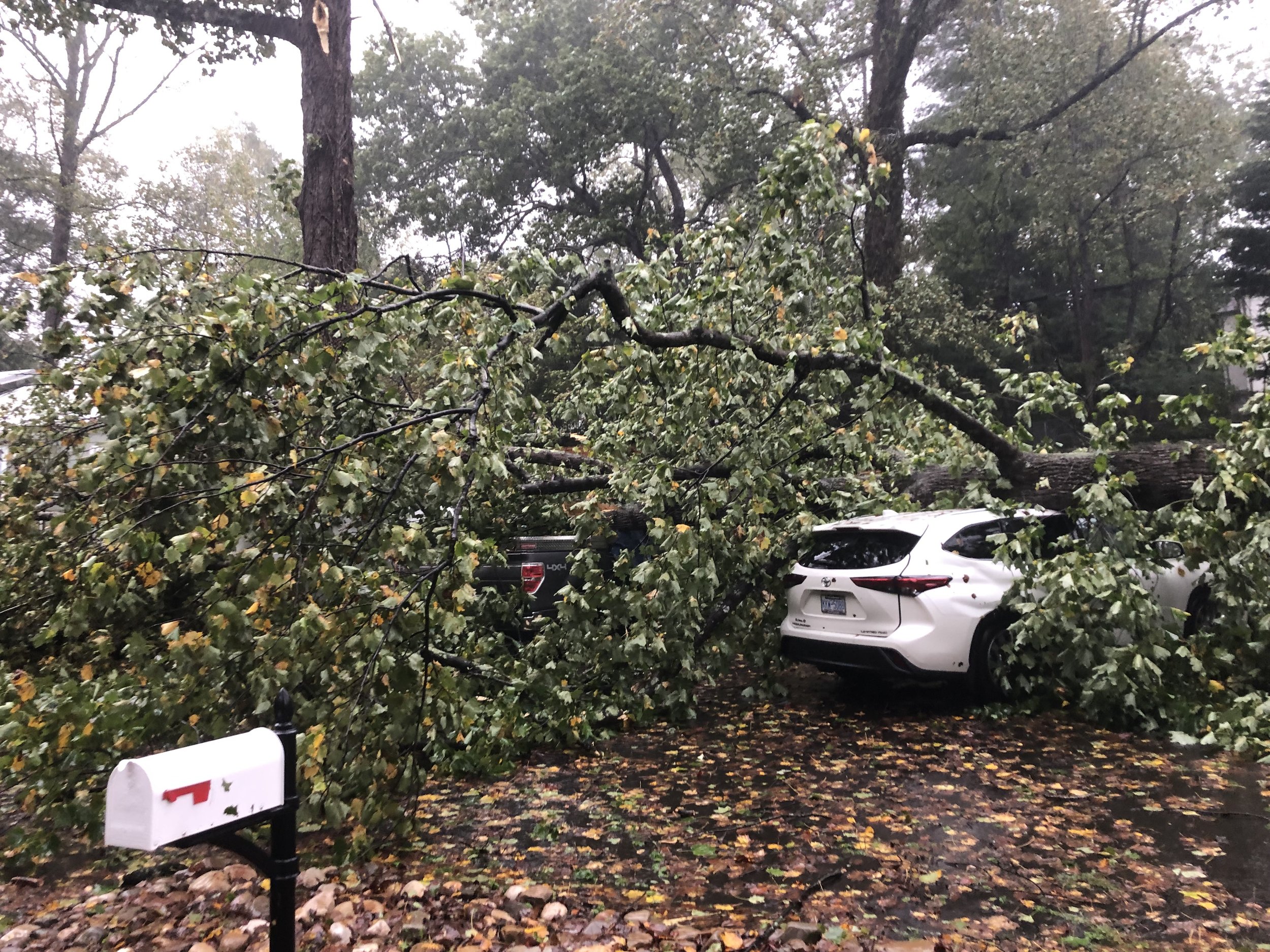Day Two
I enjoy a wide variety of comedians. One of my current favorites is Nate Bargatze. He does a skit in which he talks about how much he enjoys processed foods. He refers to it as “farm to factory to table” food, as opposed to “farm to table” food. I agree with him.
Another favorite comedian is, or was (as he has now passed on), James Gregory. He was, especially in his later years, rather portly. He did a skit in which he made fun of the people who gave him grief about his diet of fried southern foods, always served with gravy. He said something to effect that he ate the way he did because he needed to keep up his strength, as he spent a fair amount of time as a pall bearer for his friends who dropped dead in the gym.
We have tried just about every one of those “farm to table” meal packages: Blue Apron, Green Chef, Factor, you name it. I hate them. Why, I hear you asking? Well, aside from the sameness (16 meals in a row with kale as a vegetable – don’t get me started on kale – followed by 16 meals in a row with purple cabbage as a vegetable), the time it takes to prepare a meal is ridiculously long, and the dish washing burden is large. Consider this: you spend 45 minutes preparing the meal, use two cutting boards, two frying pans, 4 mixing bowls, a variety of utensils, and at the end of it all, what have you made? Two hamburgers and a few French fries. Ridiculous. Give me some good old “pop it in the microwave” or “peel back the plastic layer and bake in the oven for 35 minutes” processed food.
Maybe my appreciation, nay, craving, of processed food explains why, from time to time, I just have to make a trip to McDonald’s. At times, nothing can take the place of a Number 1 Combo meal with a large Coke. And when I am a bit worried about my weight, I will skip the fries and just go with two Big Macs and a medium Coke. Yum yum. That’s good eatin’.
Of course, we have no shortage of McDonald’s in this town. There is one near my work, which is convenient for those times when I have to supplement the lunch Kathy packs for me with a Big Mac or two. Until Hurricane Helene came to visit us in the fall of 2024, we were within one mile or so of two McDonald’s. One could be accessed by turning right on Kenilworth Road, the other by turning left. I used the one on the right in the evenings, and the one on the left on Saturday or Sunday mornings. It is the one on the left that was destroyed by the storm.
The one that was destroyed was unique. It sat near the entrance of the Biltmore Estate, and was architecturally similar to the other buildings in Biltmore Village. It had a player piano in the dining room. It was a real pleasure to sit there on a Saturday morning, consuming hot cakes with sausage, the hot cakes slathered with butter and artificially colored and flavored corn syrup, while listening to the player piano play tunes from the Great American Songbook. I have missed it.
Construction of the new McDonald’s in Biltmore Village took a long time, a bit more than 14 months. To be fair, not much was done to the flood-damaged structure for the first few months, other than the placement of a chain link fence around the property, and eventually, demolition of the old building. But when the construction crew finally got down to brass tacks, the building rose fairly quickly, as did my anticipation of its grand reopening.
The grand reopening was yesterday, December 12, at 5 AM. I saw the cars in the parking lot as I drove to work. I made plans to have breakfast there this morning, on day two of its new life.
We arrived around 8 in the morning, and the place was packed. I had to wait for a parking space. The inside dining area looks to be about 75% of its previous size. Everyone was ordering at the kiosk (of which I am not a fan). The new player piano was playing, fortunately not Christmas tunes. Oh, and there were approximately one zillion kids there. As it happens, day two was also “Breakfast with Santa Claus Day” at the new Mickey D’s. There was a most genial Santa, sitting at a large table surrounded by kids, working on coloring those kiddie menus that magically appear at every restaurant. Santa’s helper was someone in a Grinch costume.
I hated the destruction that the flood caused in the fall of 2024, but at least two good things came from it. The first is the new McDonald’s, with its cozy dining area and wonderful piano. The second has to do with the Long John Silver’s that was on the other side of the Swannanoa River from McDonald’s. That building, under reconstruction now, will no longer house the purveyor of fish. Saints be praised! It will become a full service Dunkin’ Donuts joint!!
